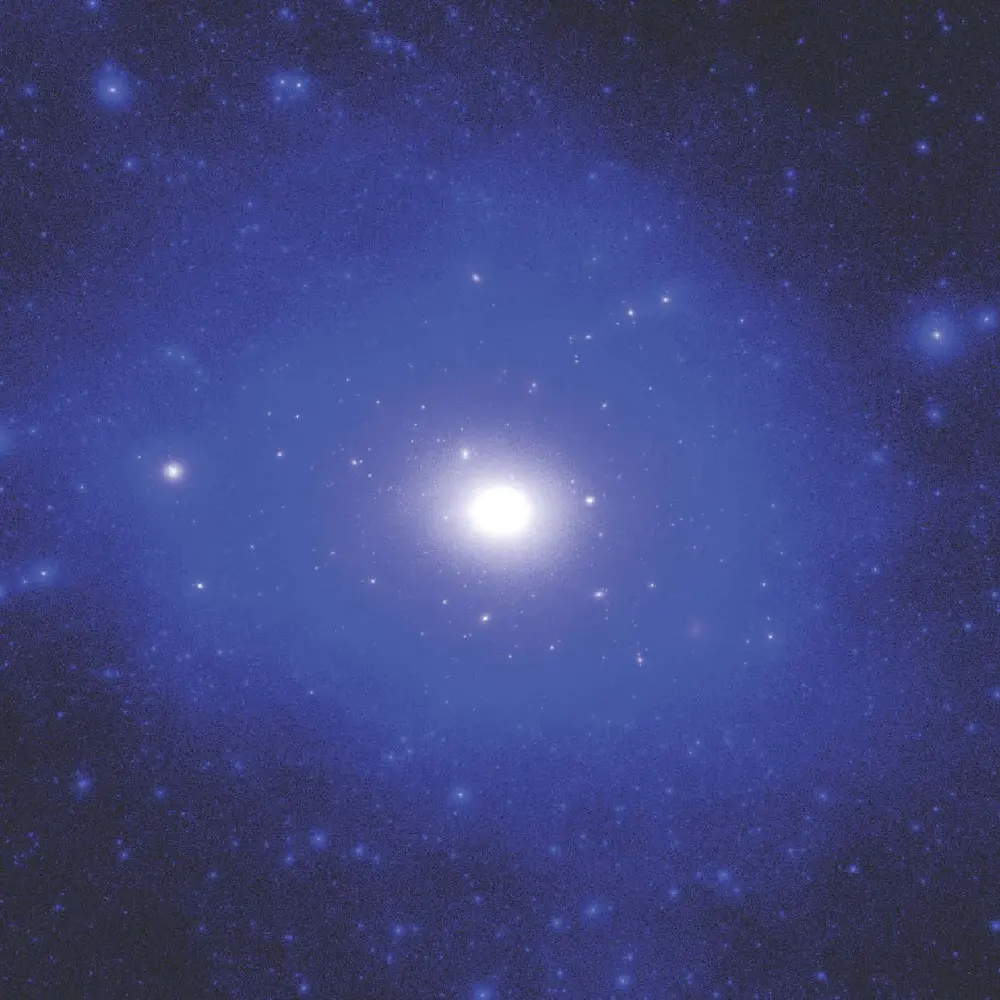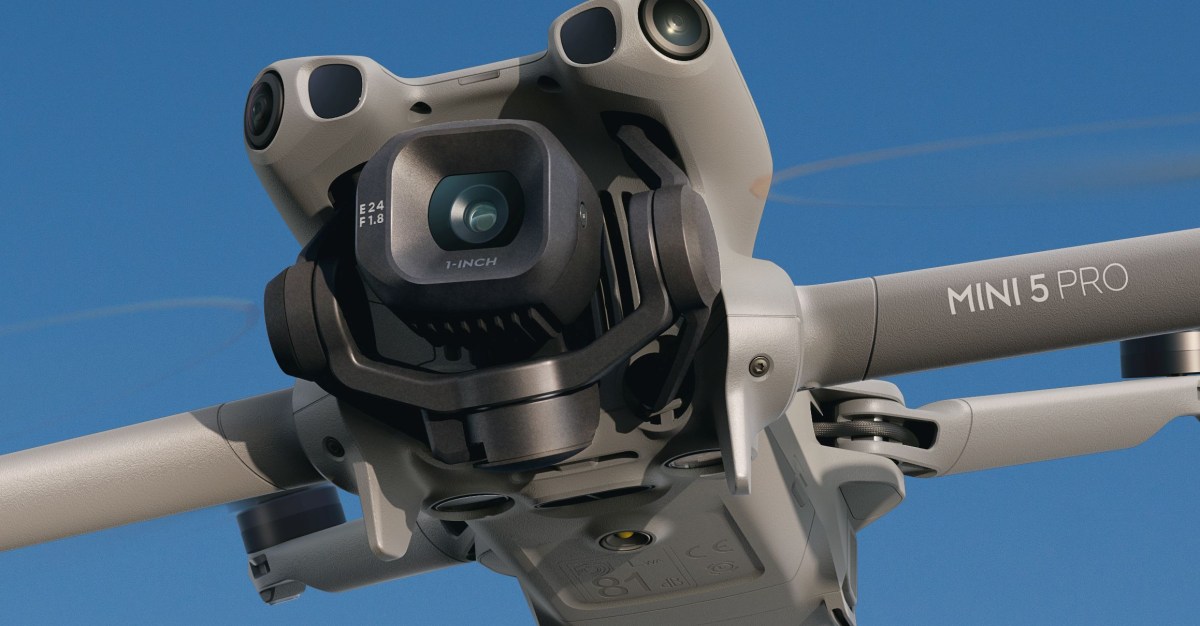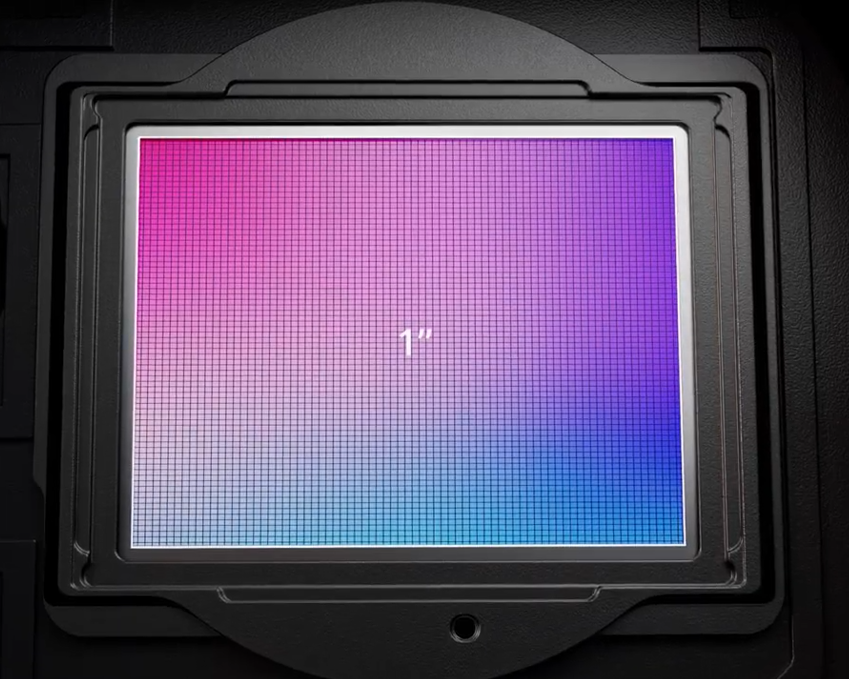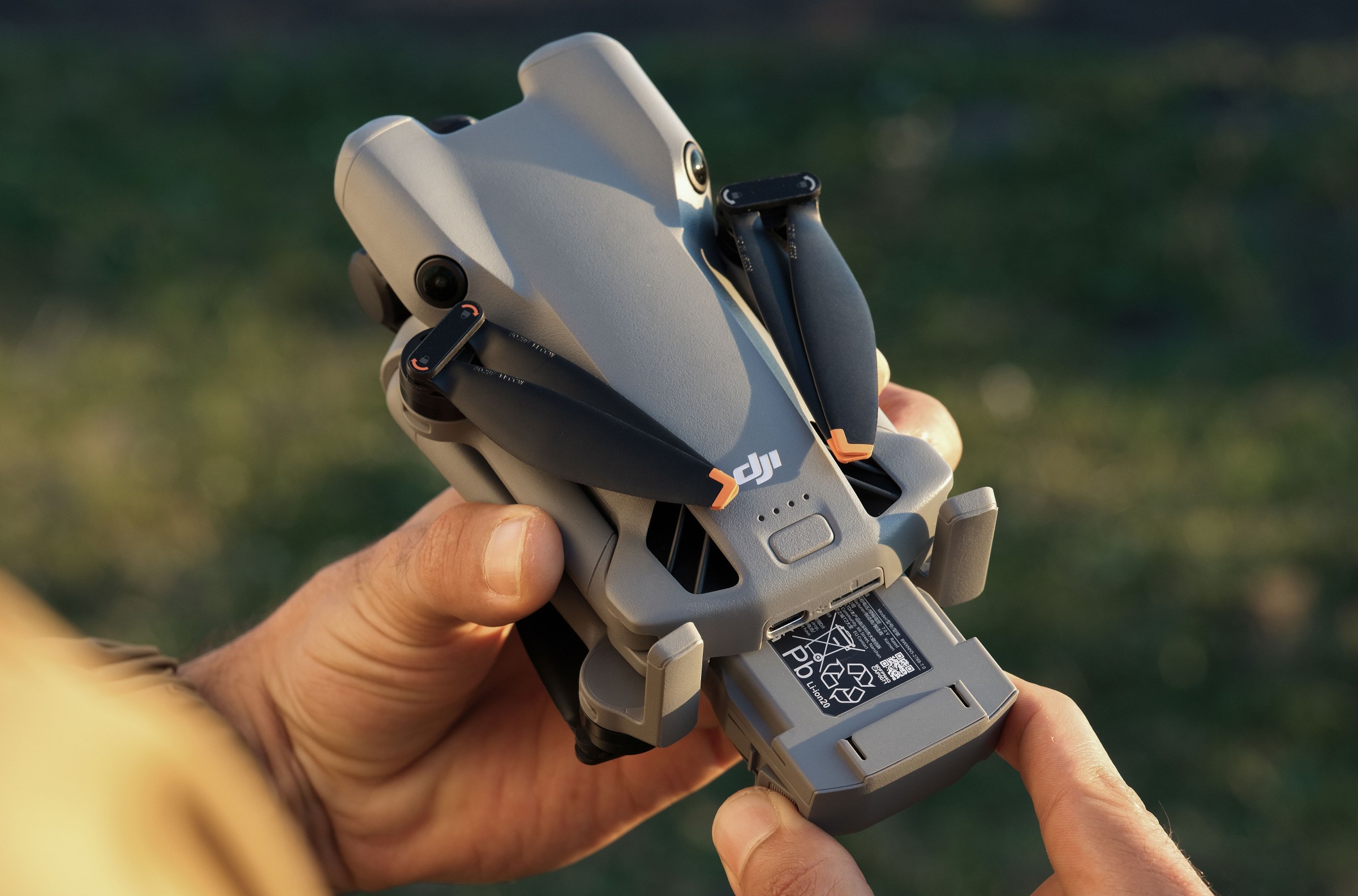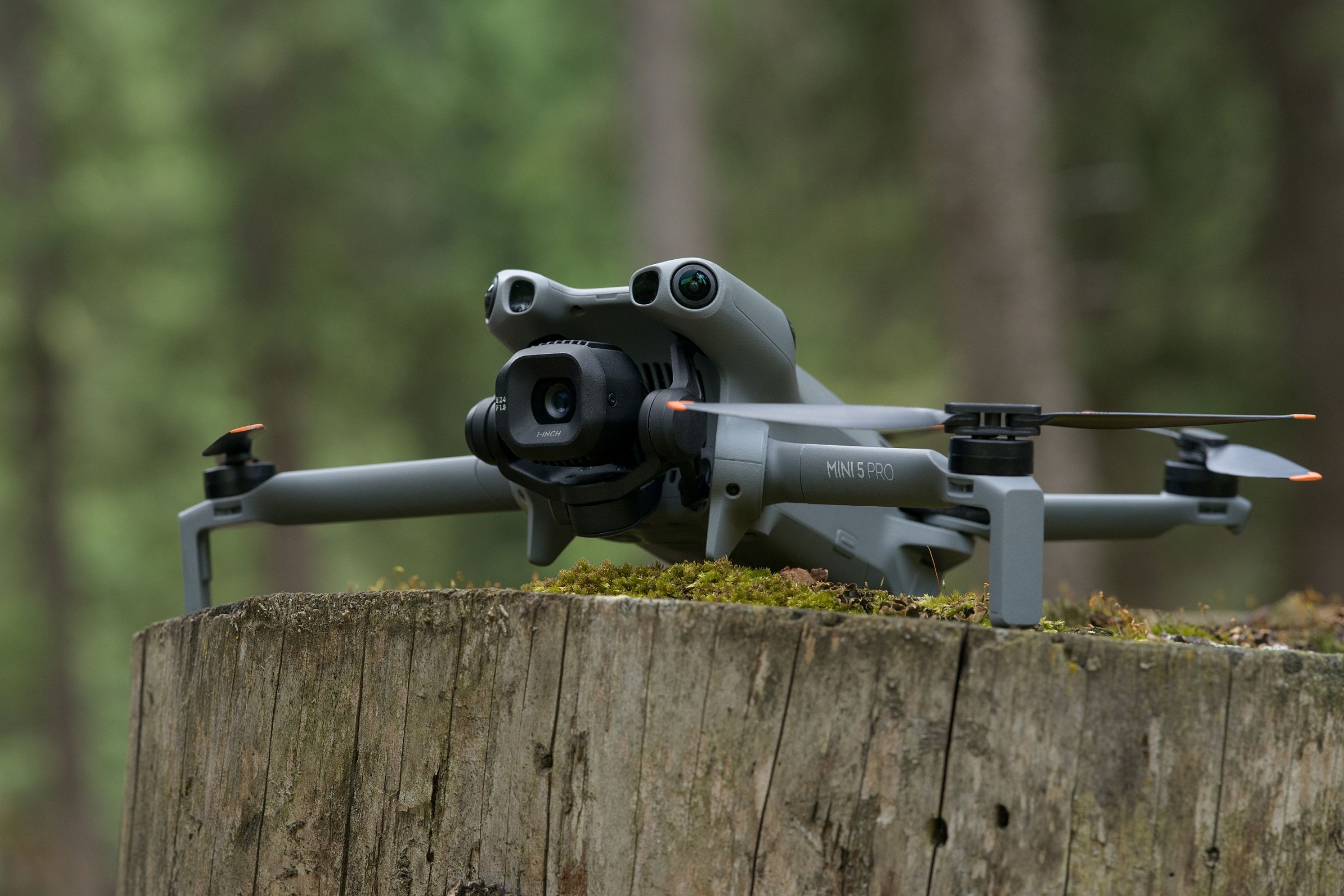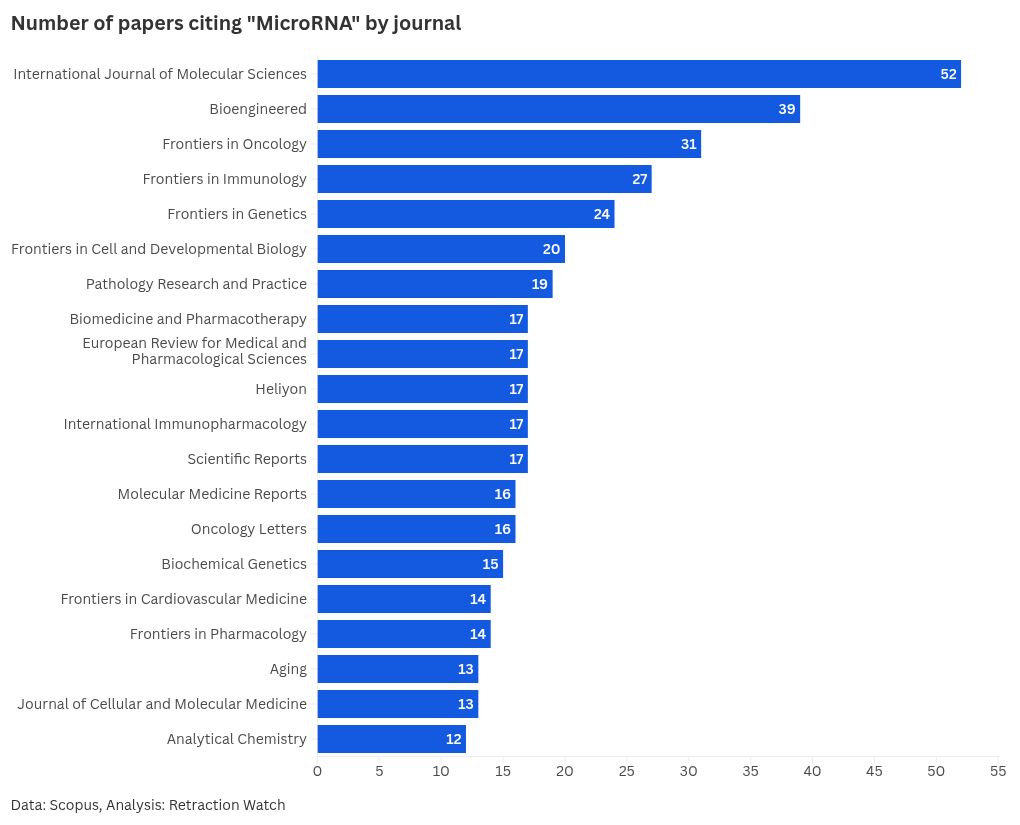If you’ve ever wondered whether there’s more to know about your health than what you get from a typical physical, you’re not alone.
Through a complementary offering from Cenegenics, I tried a comprehensive performance health assessment designed to give an in-depth look at my metabolic, cognitive, and physical health.
This assessment digs deeper than your typical blood test or yearly check-up. It includes advanced imaging (like a full-body DEXA scan), deep-dive lab work that measures hundreds of biomarkers, functional fitness testing, vascular health screenings, and even brain performance evaluations. The goal is to give you a complete picture of your current health and help you make targeted changes that can pay off for years to come.
I’m only in my 30s, but I’ve already noticed changes in my body that don’t excite me. I wanted to know if my current habits were supporting my long-term health or if I was quietly losing ground.
Here’s how the whole process unfolded, from intake to next steps.
Health History & Lifestyle Intake
Before any testing began, I completed a detailed online questionnaire. It asked about my personal and family health history, medications, lifestyle habits, sleep, stress, and more. It took about an hour to fill out and helped set the stage for a more personalized experience when I was on-site.
In-Home Blood Draw
A phlebotomist came to my home to collect blood samples. I was a little nervous about having a stranger in my abode, but my phlebotomist was a delight. My cats were a big fan of her, too.
The blood panel was extensive, measuring more than 270 biomarkers that provide a detailed picture of my current health status. This included:
- Common metrics like blood sugar and cholesterol levels
- Hormones that regulate everything from metabolism to mood
- Inflammatory markers, or substances in your blood that can be a sign of underlying health issues
- Genetic variations that influence the way my body processes nutrients, helping determine which foods and supplements might work best for me (more on that later)
Together, these tests gave a comprehensive look at my internal health, far beyond what a typical blood test covers.
In-Person Testing
The bulk of the assessment took place during a five-hour visit to the Cenegenics office in Manhattan. I was asked to bring tight-fitting workout clothes with no metal for the scans.
Health.com / Dana Ingemann
Here’s what happened, in order:
Performance health consultation: I started with a one-on-one conversation with a health coach about my current health status, lifestyle habits, goals, and concerns. This conversation framed the rest of the testing and helped build rapport with my coach. (Hi, Christian!)
Body composition and bone density scan: I changed into my workout gear for a full-body dual X-ray absorptiometry (DEXA scan). This measured my fat distribution (including visceral fat mass), lean muscle mass, and bone mineral density. It was one of the most comprehensive views I’ve ever had of what’s actually going on inside my body, and surprisingly easy—all I had to do was lie on a specialized table while a scanner slowly passed over me.
Physical fitness testing: Next, I was guided through a series of physical performance tests: max sit-ups, max push-ups, and a 3-minute plank. These tested my muscular endurance and gave me an immediate feel for where I was physically. It also made me sore the next day. (You were warned!) Fun fact: Women should generally be able to do 11 push-ups before resting. Miraculously, I did 15. Then I was promptly punished by having to hold that 3-minute plank (which I also did, but at what cost?).
Carotid artery ultrasound (CIMT): This non-invasive scan measured the thickness of my carotid artery walls, which can detect early signs of cardiovascular disease. If you’re picturing an ultrasound on a pregnant belly, you’re not far off. It was essentially that, but on my neck.
Neurocognitive testing and brain electroencephalogram (EEG): I completed a series of timed tasks on a computer to measure reaction time, memory, and processing speed. I also wore a cap with electrodes to record my brain’s electrical activity. It took a little while to hook up—and the goo got all over my hair—but it was an interesting (and entertaining) test.
Physician consultation and results review: The final and most impactful part of the day was the full results consultation with Haran Sivakumar, MD. He walked me through all of my test results and explained what each metric meant in real-world terms.
Note: VO₂ Max testing: This cardiovascular test is typically part of the program, but the equipment wasn’t working that day.
As a health editor, I’m always wading through an overwhelming amount of advice on nutrition, exercise, sleep, and more. While the assessment highlighted areas where I could improve, seeing the habits I’m already doing well was encouraging. Knowing where I’m already making a positive impact on my health was a source of positive reinforcement amid all the data.
I learned some really interesting facts about my body and health, including:
- Apparently, I have really dense bones: For years, I’ve claimed to be “just big boned”—and now I finally have scientific proof. My bones? Dense. My haters? Silenced.
- I have excellent metabolic health: As a big boned person who is consistently thirsty, I’ve worried about my risk for type 2 diabetes. Turns out, my metabolic health is in tip-top shape!
- I have a fast reaction time: In addition to being built like a brick house, I have cat-like reflexes. Well, “cat-like” might be an exaggeration, but I was pleased to see that my processing speed is pretty good.
- I’ve been slacking on my weights: I used to be an avid weight lifter, but in recent years I’ve shifted my activities to other things, like yoga. While doing yoga is great, maintaining my muscle mass through regular strength training will help protect me from osteoporosis as I age. Time to get back to the gym!
Based on my results, Sivakumar provided personalized recommendations, which I’m now working on. These included:
- Strength training: As I said, it’s time to hit the weights again. Maintaining a consistent resistance training routine can help me preserve muscle mass and support my long-term metabolic health.
- Protein intake: I should aim for 1 gram of protein per pound of lean mass daily (or per pound of total weight for a more aggressive goal). Sivakumar recommended that I use a whey protein isolate or combine pea and rice protein powders to ensure a complete amino acid profile.
- Creatine supplementation: To complement the strength training, taking 5 grams of creatine monohydrate every day can support my muscle performance and retention.
- Get some follow-up tests: Although my bloodwork didn’t show anything alarming, it indicated that I should have some follow-up tests. I’m working on getting those scheduled with my regular doctor.
These takeaways felt personalized, realistic, and easy to build into my routine. Since the assessment, I’ve been more mindful about getting enough protein and fiber, and I’ve started weightlifting again. Even after just a few weeks, I’ve noticed improvements in energy, focus, and recovery.
Before signing up for a comprehensive performance health assessment, consider the following:
- It’s a good idea to speak with your doctor: While these evaluations can provide a detailed look at your health, they aren’t a replacement for individualized medical care—especially if you’re managing a chronic condition. Your doctor can help you decide which types of testing make the most sense for your needs.
- You may already have access: Many of the included diagnostics could maybe be found through your PCP or a specialist in your network, and they may even be covered by insurance! Programs like this can be expensive. If cost is a concern, ask your doctor which tests you can access separately.
- Consider your age and risk factors: For example, neurocognitive testing is usually more helpful for older adults (typically people in their 50s and older) or for anyone who’s had a stroke or concussion. If you’re younger and haven’t had any injuries, those tests might not be as applicable. Others, like a DEXA scan, can offer valuable insights no matter your age.
- It’s a lot of info: Finally, know that the volume of information you receive can be a lot. I appreciated having my results explained in a calm, thoughtful way—but if you tend to feel anxious around medical data or metrics, give yourself time to take it all in.
Doing a comprehensive performance health assessment gave me a level of insight I’ve never gotten from a standard doctor’s visit. It showed me not just where I stand today, but what I could focus on to support long-term health and performance. If you’re a data-motivated person like me, the information can be incredibly empowering.
Would I do it again? Yes—but it’ll be a while. Since I’m in my 30s and don’t have many risk factors, I don’t think it’s as valuable for me to go as often as an older adult. I can see myself returning for a comparative round two in 10-15 years.
I found that there are many use cases, though! Whether you’re looking to optimize performance, reduce your risk of disease, or simply understand your body better, a comprehensive performance assessment could be worth considering—if the budget is right for you.

